Maximizing Retirement Savings: Self-Directed IRA for Private Debt Fund Investments
A Self-Directed Individual Retirement Account (SDIRA) stands out as a versatile tool for savvy investors looking to diversify their retirement portfolios beyond traditional stocks and bonds. This type of IRA uniquely allows for investing in alternative assets like private debt funds, like Black Label Capital Fund I. Understanding the process of converting or rolling over existing retirement accounts into a SDIRA is essential for investors keen on exploring these unconventional investment avenues.
Understanding Self-Directed IRAs
A common misconception is that “Self-Directed” IRAs are their own separate, unique type of IRA but this isn’t the case. The term “Self-Directed IRA” is just a marketing term to illustrate you are in control of the investments within that IRA. Any type of IRA can be Self-Directed including Traditional, Roth, SEP, SIMPLE, and even a Solo 401k. The main difference is the custodian rather than the IRA. Normally, a SDIRA custodian is referring to a custodian that allows you to invest into alternative assets versus investing into securities that are publicly traded. These investments can include real estate, private money lending, private entities, and much more.
- Wide Range of Investment Options: A Self-Directed IRA allows investments in various assets such as real estate, private placements, limited partnerships, tax lien certificates, precious metals (like gold and silver), cryptocurrencies, and more. This broader investment spectrum provides opportunities for diversification and potentially higher returns.
- Investor Control and Responsibility: The investor has the responsibility for all investment decisions. This autonomy requires a higher degree of investor knowledge and diligence.
- Custodian or Trustee Requirement: Self-Directed IRAs are held by a custodian or trustee that administers the account. The custodian ensures that the IRA complies with IRS regulations but typically does not offer investment advice. This differs from public asset custodians where the custodian might also provide investment guidance.
- Regulatory Compliance: While offering more flexibility, investments made through a Self-Directed IRA must still comply with IRS rules and regulations. Certain types of transactions and investments are prohibited, and failure to comply can lead to penalties, hence the requirement of a custodian.
- Tax Benefits: Your Self-Directed IRA offers the same tax advantages as the IRA you would have at any other custodian since they are the same account. The tax treatment depends on whether the IRA is a Traditional (tax-deferred) or Roth (potentially tax-free) IRA.
- Due Diligence and Risk Management: Investors must conduct their own due diligence when selecting investments for a Self-Directed IRA. The risk profile of alternative asset investments can be significantly different from publicly traded securities.
The Process of Establishing a SDIRA
- Selecting a Suitable Custodian:
- Research: Begin by researching custodians who specialize in SDIRAs. Look for firms with expertise in handling the specific types of investments you’re interested in, such as private debt funds.
- Custodian Role: The custodian will hold your IRA assets and ensure your investments comply with IRS regulations.
- Funding Your SDIRA:
- Rollover Process: If you have funds in a past employer plan (401k, 403b, TSP, etc.) then you can roll those funds into a SDIRA. This can happen via a Direct Rollover in which the administrator of that employer plan sends the funds directly to your IRA. Alternatively, you could also do an Indirect Rollover in which the funds are send to you personally and you have 60 days after receiving those funds to roll them into an IRA. Keep in mind that this could incur a 20% mandatory withholding and are limited to once in a 12 month period beginning you receive the funds.
- Direct Transfer: If you have a IRA then you are able to transfer those funds directly from your current IRA to your IRA at the new custodian. This is known as a trustee-to-trustee transfer.
- Contribution: You are also able to make your annual contribution to your SDIRA. The amount that you are able to contribute will depend on the type of account that you are establishing.
- Understanding IRS Guidelines:
- Prohibited Transactions and Parties: Familiarize yourself with IRS rules about prohibited transactions and disqualified persons to ensure compliance and avoid penalties.
Steps for Establishing an SDIRA
- Opening a SDIRA:
- Complete the application process with your chosen custodian. This will include providing personal information, identification, and possibly detailing your investment experience. If you decide to work with Quest Trust Company, you can open an account here.
- Executing a Rollover:
- For a 401(k) rollover, contact your plan administrator to initiate the process. They will provide options and instructions for transferring funds.
- For an indirect IRA rollover, request a distribution from your current IRA custodian. You will then deposit these funds into your new SDIRA account, and they must be deposited within 60 days.
- Completing a Direct Transfer:
- Fill out a transfer request form with your new custodian. This form will be sent to your current custodian to authorize the transfer of funds.
- Documenting and Reporting:
- Keep records of all transactions and file any necessary IRS forms, such as Form 5498 for IRA contributions.
Investing in Private Debt Funds via a SDIRA
- Due Diligence is Key: Investigate potential private debt funds thoroughly. Understand their investment strategies, risk profiles, and past performance.
- Diversification: While private debt funds can offer attractive returns, they should be a part of a broader diversified investment strategy.
- Liquidity and Terms: Be clear about the liquidity terms and how they align with your retirement goals.




